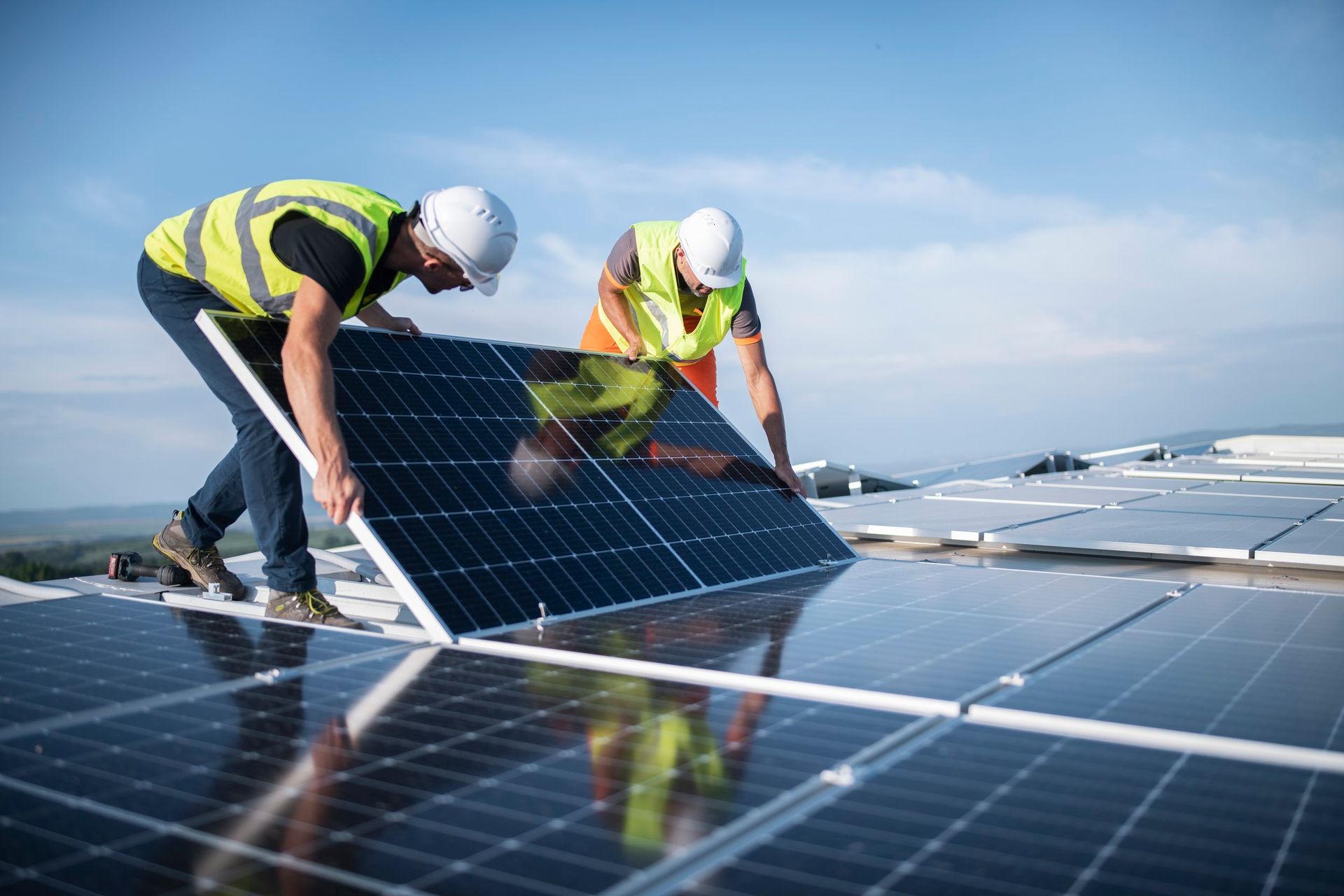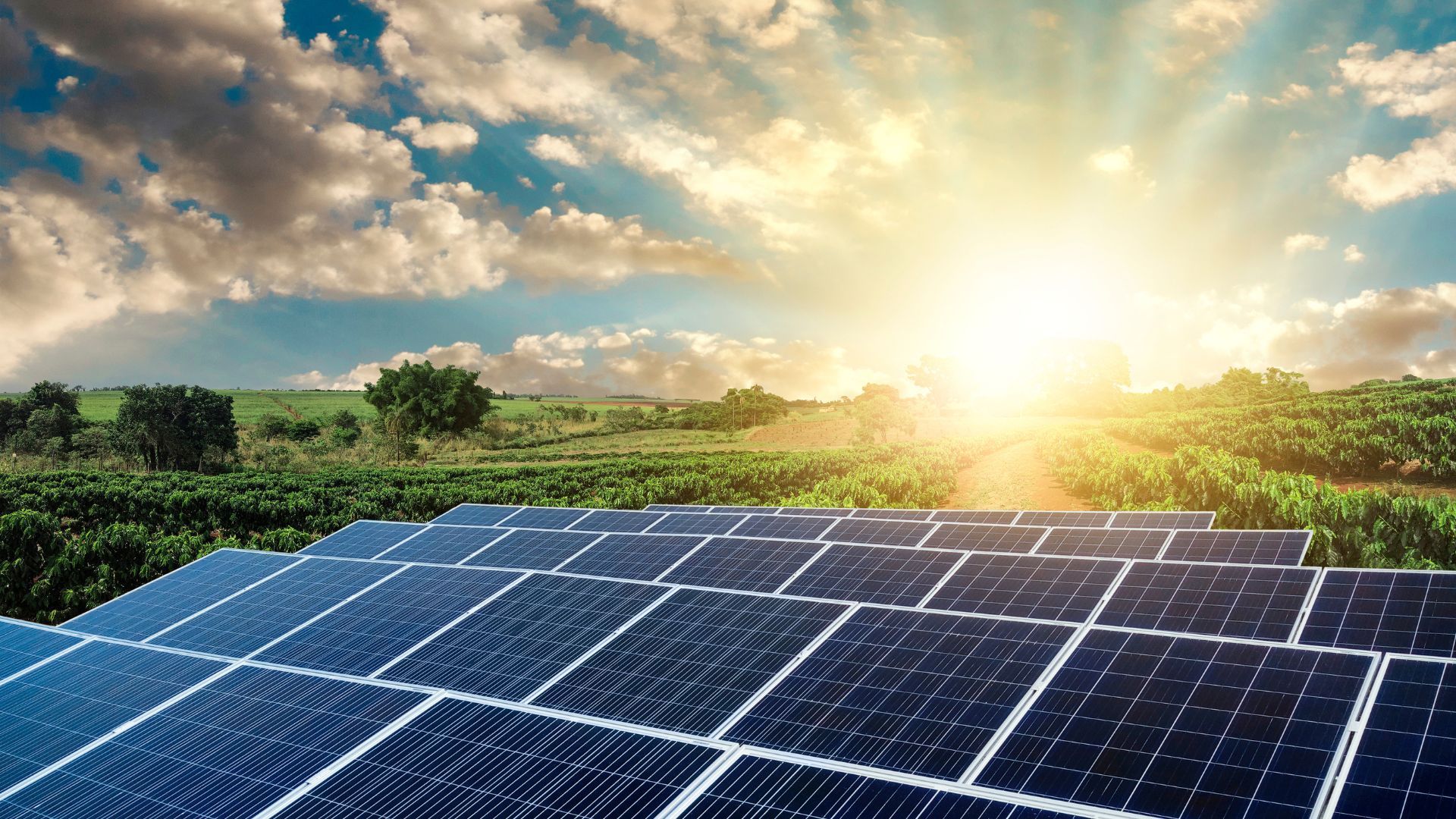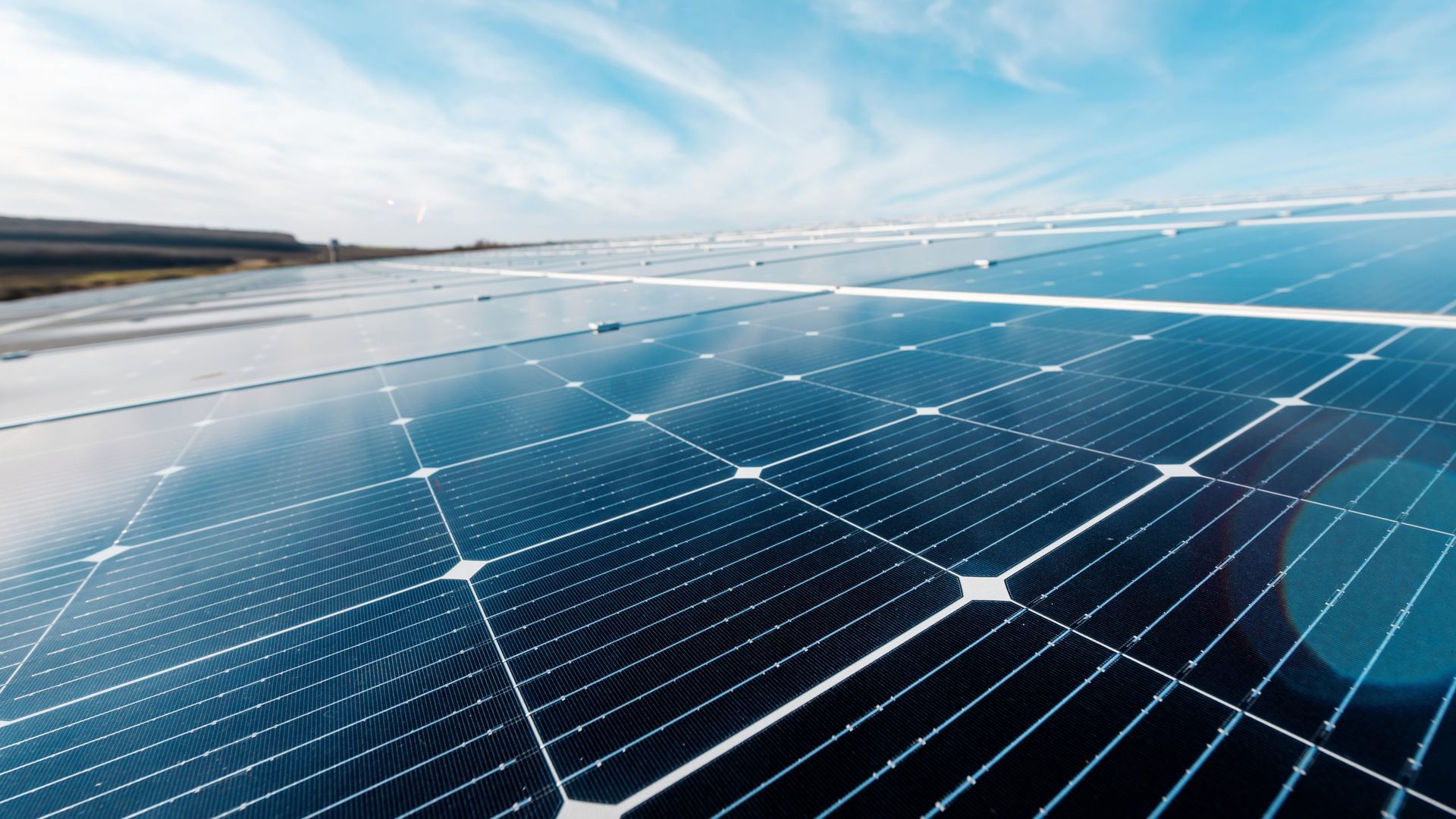How Much Can Solar Save on Your Electric Bills in 2025?
Factors Affecting Solar Savings

Have you considered harnessing the power of the sun to lower your electric bills? By owning a solar system, you could significantly cut your energy costs, all while doing your part for the environment. Solar energy is becoming an increasingly attractive option for homeowners and business owners, thanks to technological advancements, tax incentives, and rising electricity rates. But how much can you really save with solar energy?
This blog explores the factors that influence solar savings, real-life examples, long-term benefits, and tips to get started.
Understanding the Basics of an Owned Solar System
Before we explore how much you can save, let's break down how owned solar systems work and what they consist of.
How It Works
A solar panel system generates electricity by converting sunlight into energy through photovoltaic (PV) cells. These systems are connected to your home’s electrical grid, supplying power during the day and using the grid as a backup when sunlight is insufficient.
When you install a solar system, you own the equipment outright, which sets it apart from leasing solar panels. Owning the system means you can take full advantage of financial incentives, tax credits, and energy savings over time.
Key Components of a Solar System:
- Solar Panels – PV panels capture sunlight and convert it to DC electricity.
- Inverter – Converts DC electricity into usable AC electricity for your home.
- Electric Meter – Tracks how much energy your system produces and how much grid power you consume.
- Battery Storage (Optional) – Stores excess energy for use during non-sunny hours or power outages.
By owning the system, you can benefit from long-lasting performance and reduced utility dependence.
Assessing the Savings
The amount you save with solar depends on various factors. Below, we break down the key variables that determine the reduction in monthly electric bills:
1. System Size and Efficiency
The more solar panels you install, the more electricity your system can generate. For an average U.S. household, a 7–10 kW system is sufficient to offset energy use and reduce electric bills by up to $100–$150 per month, according to Solar.com. High-quality, efficient panels further maximize energy output and savings.
2. Electricity Rates in Your Location
Electricity rates vary greatly across the U.S. States with high electricity costs (like Hawaii at 33 cents per kWh) yield greater savings with solar compared to states with lower rates. To calculate potential savings, multiply your energy consumption (in kWh) by your local electricity rate.
Example:
An Alabama homeowner using 965 kWh/month with a rate of 12.96¢/kWh could save $125 per month with a solar system that meets their needs.
3. Net Metering Programs
Net metering allows you to sell excess energy your solar panels produce back to the grid. This results in credits on your utility bill, further reducing costs. Though net metering policies vary by state, many utilities offer 1-to-1 credit for the energy sent back.
4. Tax Credits and Incentives
The Federal Solar Tax Credit (30% ITC) significantly reduces upfront costs. Many states and municipalities offer additional rebates and programs. Combined, these incentives can cut system costs by nearly one-third.
Example from Energy.gov
A 6 kW system costing $15,000 would be eligible for a $4,500 federal tax credit, reducing the net cost to $10,500.
5. Energy Consumption
Homes and businesses with higher energy demands save more with solar. For example, businesses running heavy machinery or homes with electric heating and cooling see the most substantial drops in bills.
6. Financing & Ownership Structure
Paying upfront eliminates loan payments, adding immediate monthly savings. Alternatively, solar loans result in payments less than or equal to your prior electric bills, generating long-term savings.
Example:
If your monthly electric bill is $150 and your loan payment is $120, your immediate savings are $30. Over time, as electricity rates rise, those savings grow exponentially.
Case Studies of Solar Savings
1. Residential Property in Arizona:
- System Size: 8 kW
- Monthly Savings: $130
- Annual Savings: $1,560
- Net Metering Impact: 15% reduction in electric bill by selling excess energy to the grid.
2. Small Business in California:
- System Size: 15 kW
- Initial Cost (Post-Incentives): $18,000
- Monthly Savings: $400
- ROI: Full system payback in 5.5 years.
Both cases illustrate how owned solar systems bring immediate and long-term benefits by offsetting utility costs and offering financial reliability.
Long-Term Benefits of Going Solar
Solar energy doesn’t just provide short-term cost reductions; it offers lasting advantages for financial stability and environmental health:
Increase Property Value
Homes with solar systems sell for 4% more on average. Buyers are willing to pay a premium for energy-efficient properties with lower operating costs.
Reduced Carbon Footprint
Switching to solar helps reduce greenhouse gas emissions. By generating clean energy, you’re reducing demand for fossil fuels like coal and natural gas.
Protection from Rising Energy Rates
While utility rates rise annually, owning a solar system locks in the cost of your energy generation. Over a 25-year lifespan, this brings compounded savings.
Low Maintenance Costs
Solar panels are durable, typically lasting 25–30 years with minimal maintenance required. Occasional cleaning and inspections maintain efficiency.
Addressing Common Concerns
Isn’t it Expensive to Install Solar?
Upfront costs are significant but are greatly reduced by incentives and financing options. Many homeowners recoup their investment in 6–9 years, enjoying free energy for decades afterward.
What About Maintenance?
Solar systems are designed to be low-maintenance. High-quality panels require cleaning only a few times a year, and warranties often cover major components for 20+ years.
Is Solar Reliable?
Modern solar systems perform well even on cloudy days, thanks to advancements in technology. Pairing panels with storage batteries ensures reliability during outages.
Steps to Transition to Solar Energy
Thinking about going solar? Start your transition today with these steps:
- Research Solar Providers: Look for reputable companies in your area with strong track records and customer reviews.
- Get a Quote: Request multiple quotes to compare pricing, products, and services.
- Evaluate Financing Options: Explore cash payments, loans, or solar leases to determine your best financial approach.
- Schedule a Site Assessment: Providers will evaluate your property’s sun exposure, roof condition, and energy needs.
- Install and Start Saving! After your system is professionally installed, you can immediately start enjoying the benefits of solar energy.
Big Savings with Solar Energy
With owned solar systems, the potential to save significantly on electric bills is clear. By investing in renewable energy, homeowners and business owners can achieve financial savings, combat rising utility costs, and adopt a more sustainable lifestyle.
Take the first step toward reduced energy bills and a greener future. Contact a solar provider today to explore your options and estimate your savings.
Ready to work with Los Angeles Solar Select?
Let's connect! We’re here to help.
Send us a message and we’ll be in touch.
Or give us a call today at (818) 873-0152
Agency Contact Form
More Marketing Tips, Tricks & Tools
Blogs






